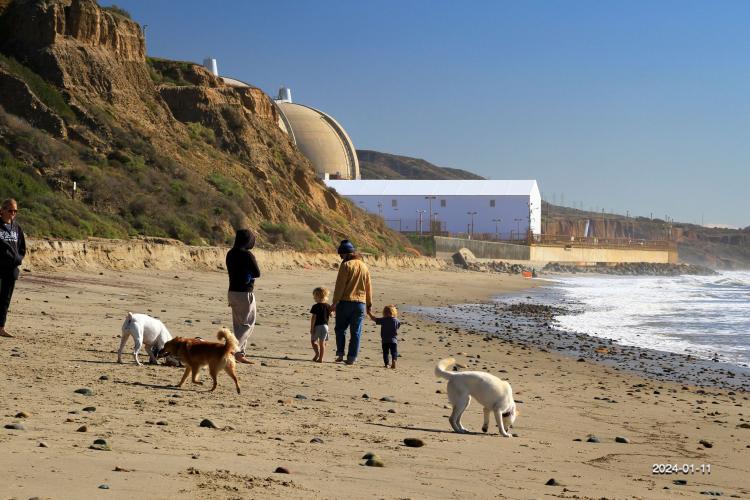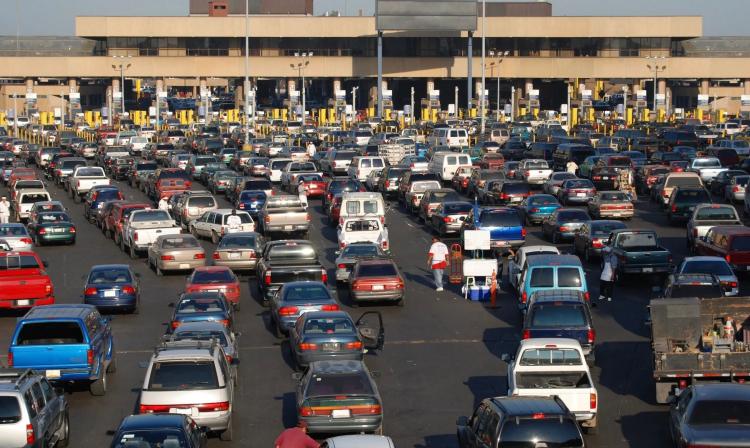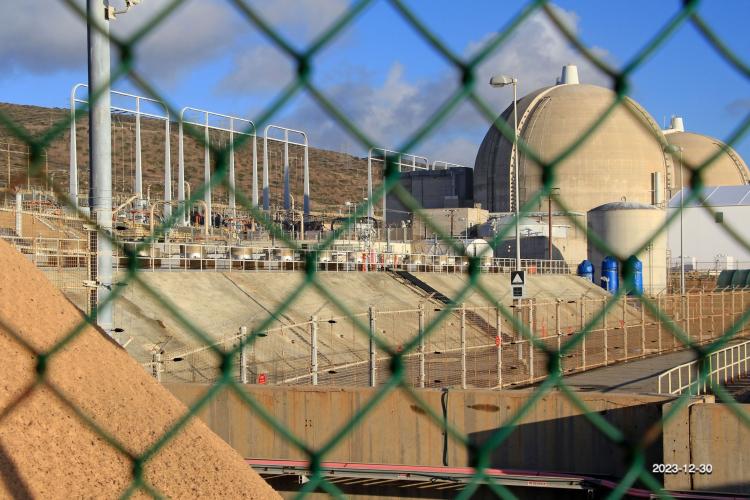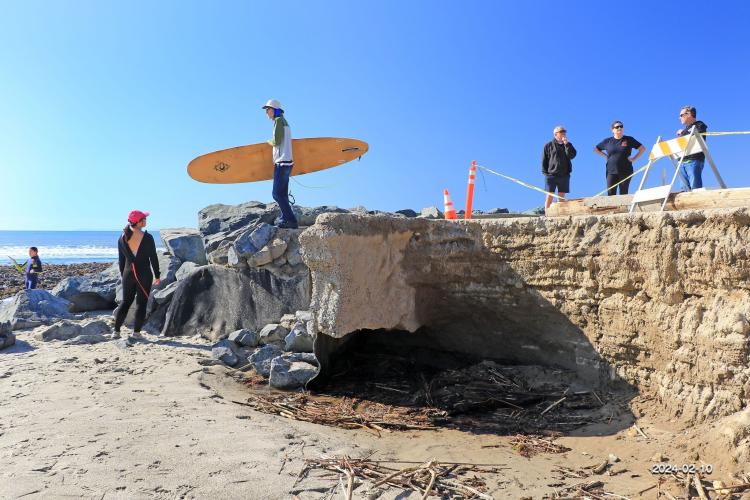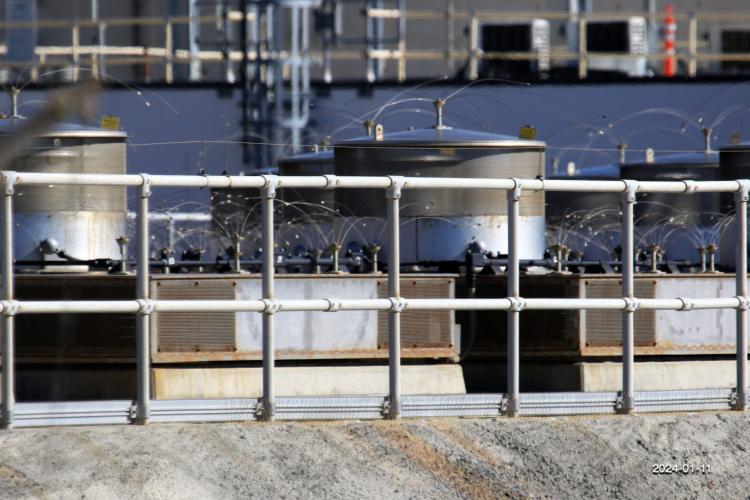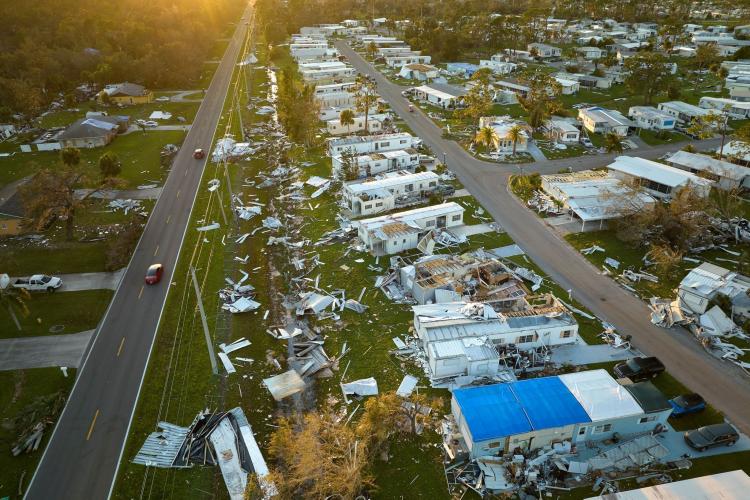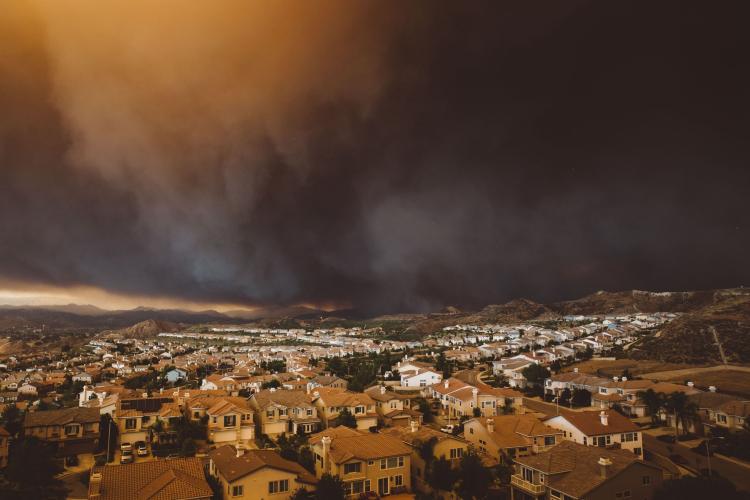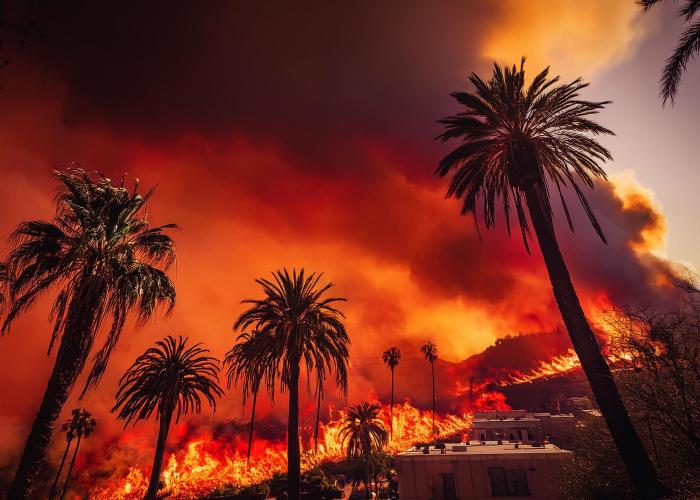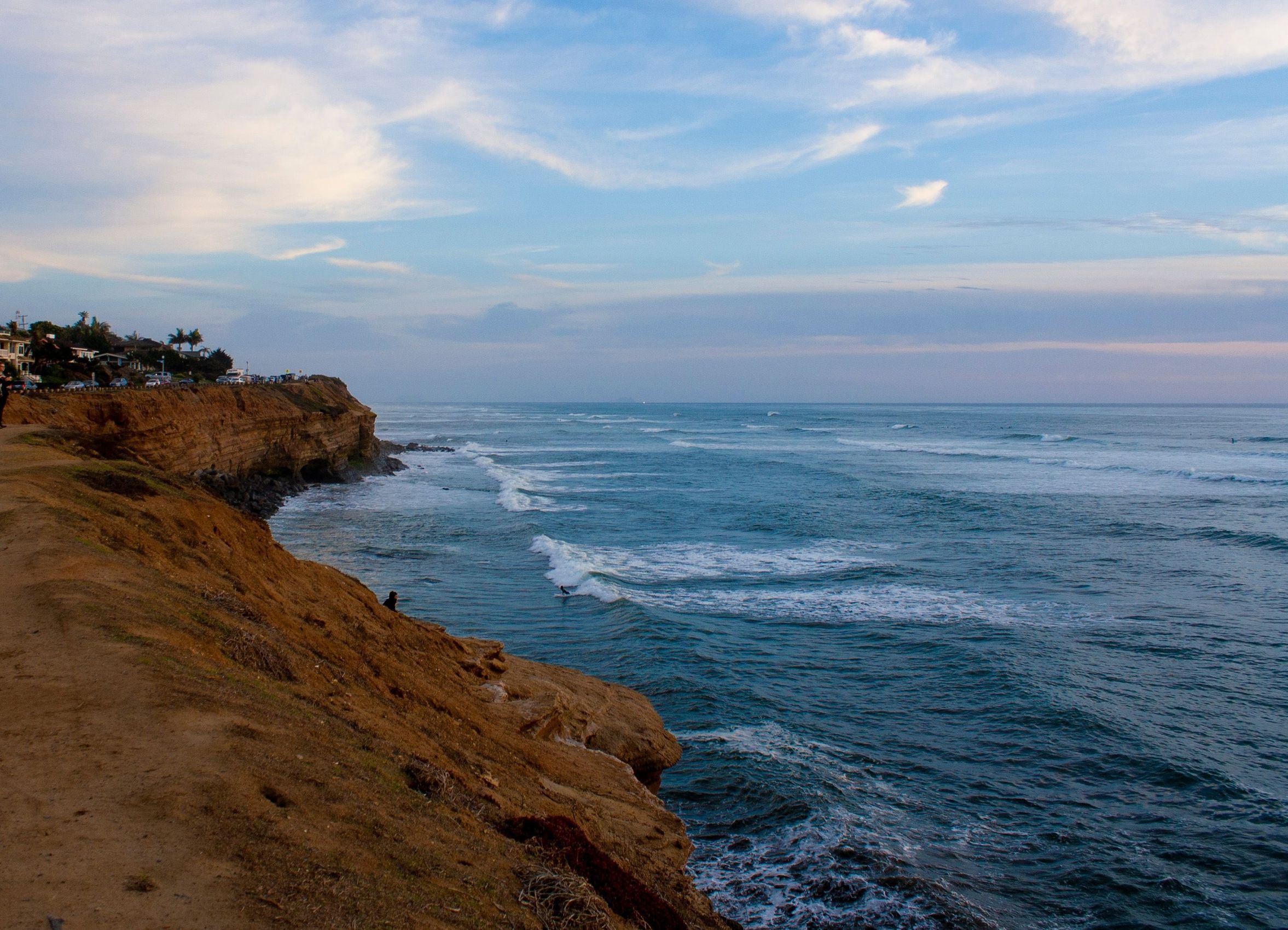
La Jolla Sunset
Sunset in La Jolla, California
Coastal communities bear the environmental burden of 3.6 million pounds of nuclear waste.
Drive along Interstate 5 through coastal Southern California, and you'll pass the distinctive twin domes of the San Onofre Nuclear Generating Station. For most travelers, it's just another landmark. But for the diverse communities within 50 miles, home to over nine million people, those domes represent an environmental justice crisis decades in the making.
Since San Onofre shut down in 2013, 3.6 million pounds of radioactive waste sits just 100 feet from the Pacific Ocean, stored in vulnerable steel canisters on one of California's most seismically active coastlines. The communities bearing this burden reflect California's rich diversity, with significant Latino populations who have historically faced disproportionate environmental risks.
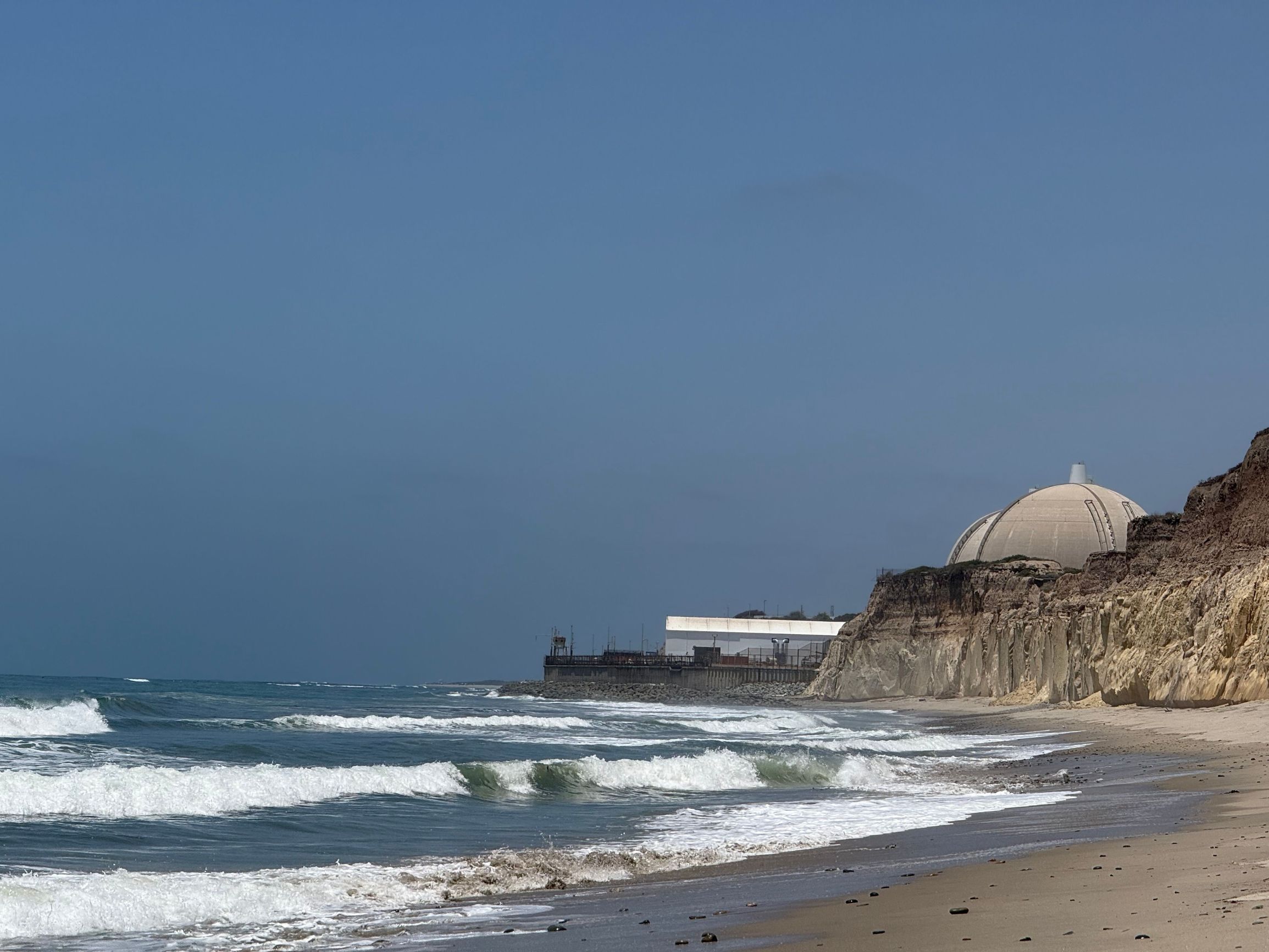
The beach near the SONGS (San Onofre Nuclear Generating Station) power
The beach near the SONGS (San Onofre Nuclear Generating Station) power plant in California is called San Onofre State Beach, also known as Old Man's Beach or Trestles. It's a popular surfing and recreational beach, located adjacent to the former nucl

The beach near the SONGS (San Onofre Nuclear Generating Station) power
The beach near the SONGS (San Onofre Nuclear Generating Station) power plant in California is called San Onofre State Beach, also known as Old Man's Beach or Trestles. It's a popular surfing and recreational beach, located adjacent to the former nucl
Communities at Risk
San Clemente, the closest city to the nuclear waste storage, is 17% Hispanic, while Orange County overall is 30-35% Latino. These communities, along with Camp Pendleton's military families, live with the daily reality of aging nuclear infrastructure on earthquake-prone land.
The environmental burdens extend beyond nuclear waste. Camp Pendleton itself is a Superfund site, contaminated with PFAS "forever chemicals" at levels exceeding EPA safety standards by more than 20 times. Military families and nearby communities face a toxic cocktail of environmental hazards that exemplify how vulnerable populations bear disproportionate risks.
The storage system poses significant threats: thin-walled steel canisters guaranteed for only 25 years, vulnerable to coastal corrosion and seismic damage, with no way to monitor for leaks once sealed. Each canister contains radioactive materials equivalent to what was released during the Chernobyl disaster.
Federal Failures, Local Consequences
Despite the federal government's legal obligation under the Nuclear Waste Policy Act of 1982 to dispose of commercial nuclear waste by 1998, not a single ounce has been permanently disposed of. Communities paid $750 million annually into a disposal fund, now worth over $40 billion, yet remain stuck with the radioactive legacy.
Recent federal efforts to find interim storage sites face resistance from states like New Mexico and Texas, whose governors have declared they won't become "America's nuclear dumping ground". This NIMBY response from wealthier states leaves coastal California communities bearing risks they never chose.
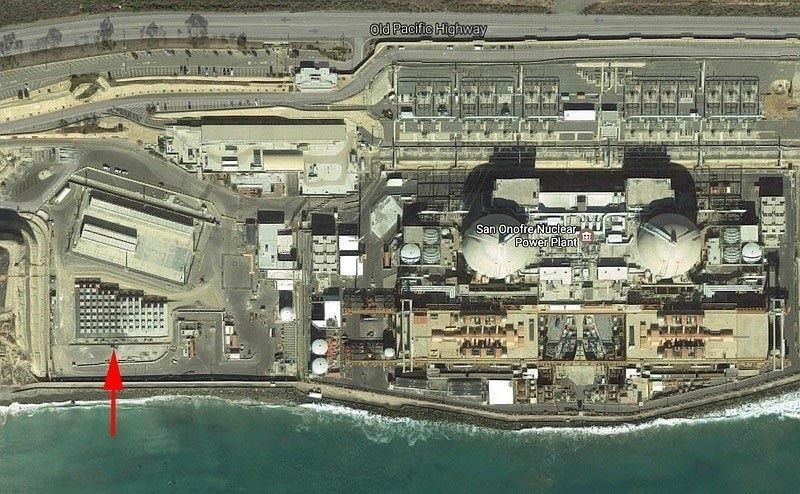
Aerial view of San Onfre nuclear power plant.
Aerial view of the San Onofre Nuclear Generating Station (SONGS) is a permanently closed nuclear power plant located south of San Clemente, California, on the Pacific coast, in Nuclear Regulatory Commission Region IV.

Aerial view of San Onfre nuclear power plant.
Aerial view of the San Onofre Nuclear Generating Station (SONGS) is a permanently closed nuclear power plant located south of San Clemente, California, on the Pacific coast, in Nuclear Regulatory Commission Region IV.
Demanding Justice
Environmental justice advocates point to a disturbing pattern: nuclear waste consistently ends up in communities with less political power. Representative Mike Levin has introduced legislation prioritizing waste removal from high-population, high-seismic areas like San Onofre, recognizing that environmental burdens must not fall disproportionately on vulnerable communities.
State lawmakers from both parties are demanding federal action. Republican Assemblymember Laurie Davies and Democratic Senator Catherine Blakespear have co-authored resolutions urging federal authorities to fulfill their legal obligations.
Local communities deserve more than promises. They demand consent-based siting processes that respect community input, comprehensive health monitoring, and immediate investment in safer storage technology. The current thin-walled canisters—half-inch steel compared to Germany's 14-20 inch thick systems—represent an unacceptable compromise with public safety.
A Path Forward
True environmental justice requires acknowledging that coastal California's diverse communities have shouldered nuclear risks for decades without consent or compensation. Federal authorities must prioritize these areas for waste removal while investing in monitoring systems that protect public health.
The Samuel Lawrence Foundation continues advocating for safer storage solutions and transparent decision-making that puts community welfare first. California's coastal communities have waited too long for nuclear justice, the time for federal action is now.
Sources: KPBS, San Diego Union-Tribune, Orange County Register, Camp Pendleton legal records, EPA Superfund documentation
